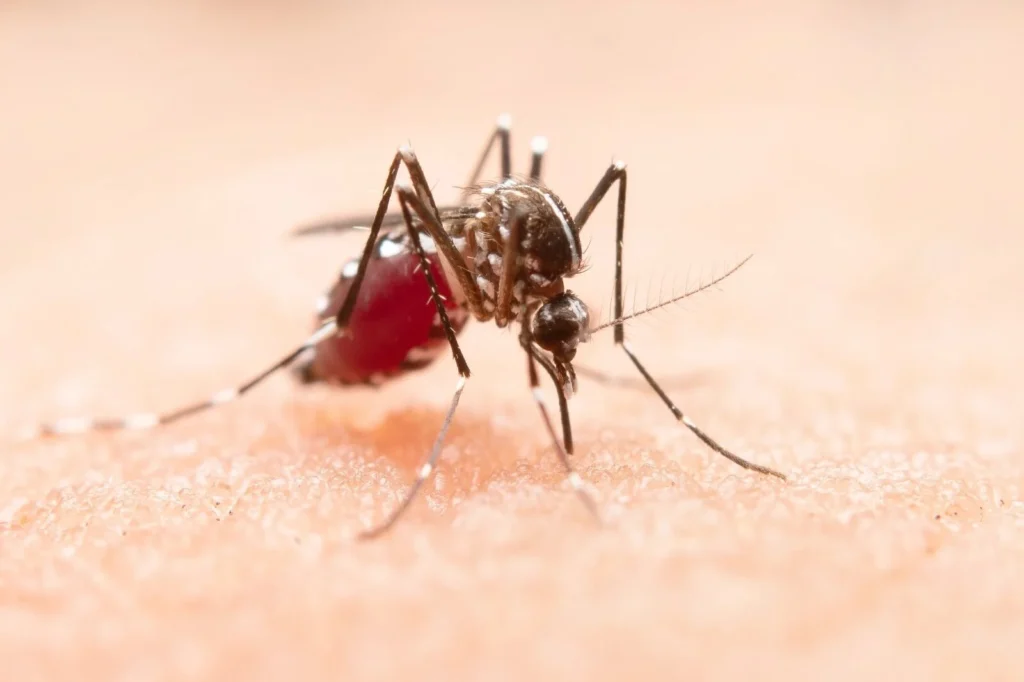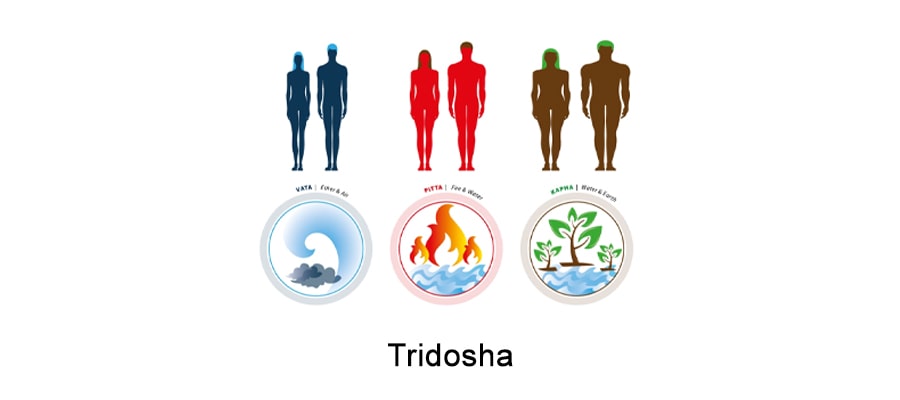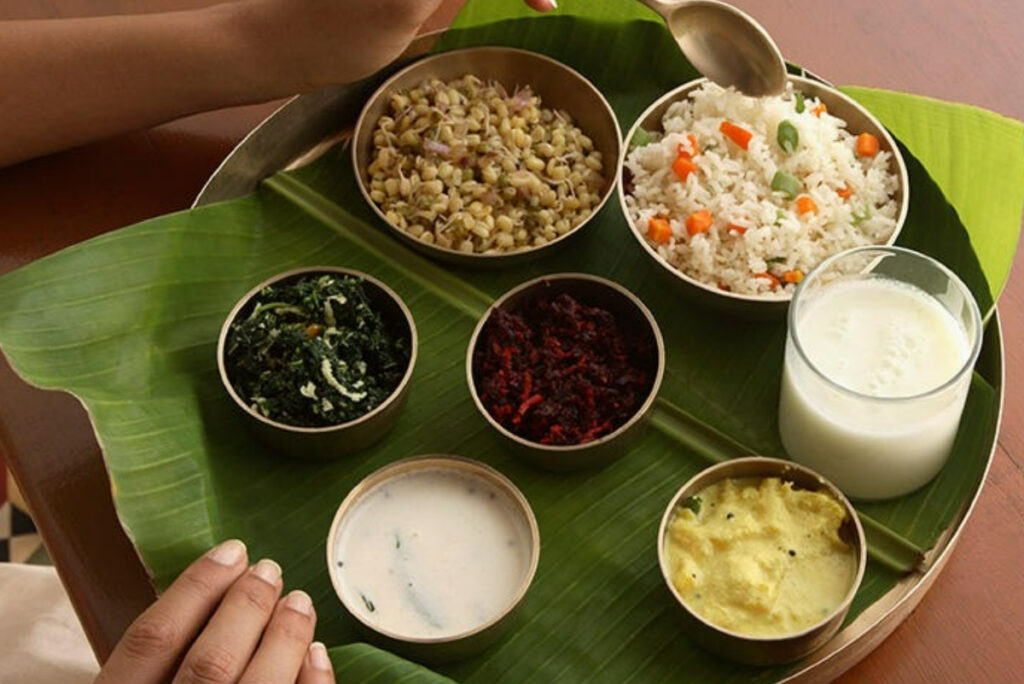The Concept of Tri-Dosha in Ayurveda Introduction to Tri-Dosha In Ayurveda, the concept of Tri-Dosha is central to understanding the human body’s physiology and health. The three doshas—Vata, Pitta, and Kapha—are fundamental elements that govern all biological functions. Each dosha is derived from a combination of the five elements (Pancha Mahabhutas): Space (Akash), Air (Vayu), Fire (Agni), Water (Jal), and Earth (Prithvi). Shlokas on Tri-Dosha A key verse that encapsulates the essence of Tri-Dosha is: “त्रिदोष समसंयोग: स्वस्थता” This means that a balanced combination of the three doshas leads to good health. The Role of Tri-Dosha The doshas play a crucial role in the growth, development, and maintenance of the body. All physiological actions are carried out by the harmonious functioning of the Tri-Dosha. They are the basic elements of the body, produced by different Mahabhutas: Vata Dosha Vata dosha is the force behind all movement in the body. A significant verse explaining Vata’s role is: This means that Pitta, Kapha, the seven Dhatus, and Mala (waste products) cannot move on their own and require Vata to transport them. Types of Vata Dosha Vata dosha is further divided into five types, each governing specific bodily functions: Functions of Vata Dosha A verse from Charaka Samhita describes the comprehensive role of Vata: Vata dosha holds the body (yantra) through its intricate mechanisms (tantra), involving all types of physiological actions such as food intake, bolus formation, blood circulation, skin sensation, hearing, and the functioning of sensory and motor organs. It plays a crucial role in thinking, embryo formation, and birth processes. Pitta Dosha Pitta dosha is associated with the fire element and governs transformation processes in the body. Types of Pitta Dosha Kapha Dosha Kapha dosha, derived from water and earth elements, is essential for body stability, growth, and mental equilibrium. Types of Kapha Dosha Conclusion Understanding the Tri-Dosha is fundamental in Ayurveda. Vata, Pitta, and Kapha work together to maintain balance and health in the body. By comprehending their functions and interrelations, we can better appreciate how to achieve and maintain holistic well-being through Ayurvedic principles.




